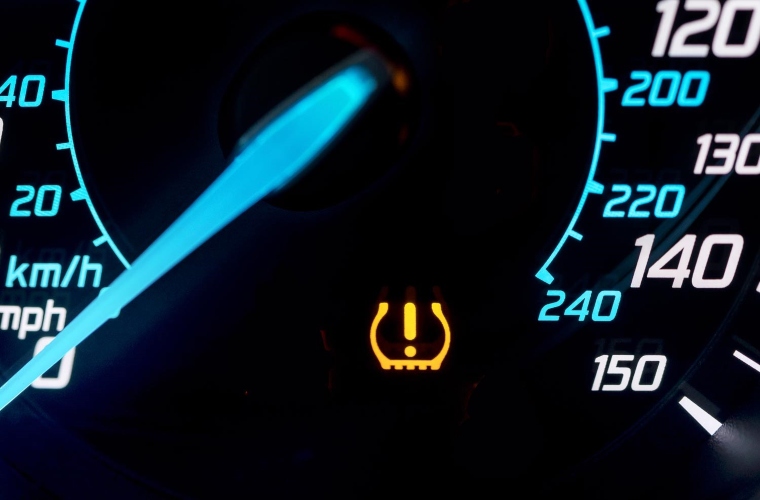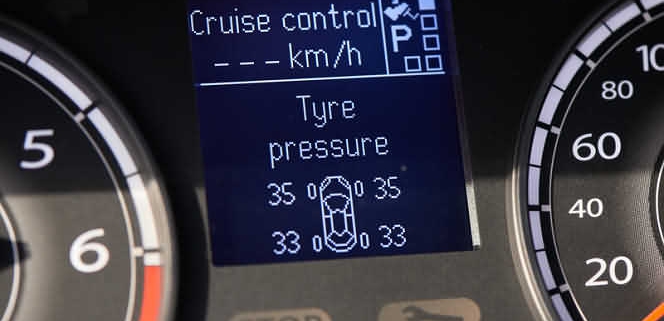Run-Flat Tyre Repairs
Run-Flat Tyre Repairs
Table of Contents
Run-Flat Tyre Repairs

Run-Flat Tyre Repairs
Game Changer or Risk?.
As I walk through Halifax’s winding streets, the tyre trade’s chatter about run-flat tyres is as prevalent as the aroma of a fine Yorkshire beer. It’s a question that everyone from Pellon Tyres to the neighbourhood technician wonders about: Can and should you fix run-flat tyres?
The Benefits of Continuity
Keep Calm and Carry On:
As any Halifax motorist will tell you, the major advantage of run flat tyres is that you won’t be stranded on the M62 with a flat. You can either continue driving to a safe spot or go straight to your trusted garage. That’s the kind of reassurance we all need, especially when it’s pouring outside!
First and foremost, run-flats are beneficial to safety. They lessen the possibility of losing control during a blowout. This aspect alone, as someone who has seen their fair share of highway mishaps, is a significant case in their favour.
Boot Space Blowout:
With no spare tyre required, you have extra space for your Halifax Borough Market purchases. Who wouldn’t want more room for more Yorkshire puddings?
The Negative Side of the Coin
The first complaint in the trade is the expense. Run-flat tyres are typically more expensive than regular tyres. This can be annoying, especially if you’ve paid for the entire set.
Rough Ride:
Due to the strengthened sidewalls, some people find the ride to be a little stiff. It’s similar to deciding between a luxurious sofa and a hard armchair in that comfort is subjective.
Repair Dilemma:
This is where the trade’s perspectives diverge. The conventional wisdom has been a resounding ‘no’ to mending run flats. The concern is that after they’ve been driven on flat, the structural integrity of the vehicle may be jeopardised. However, some, such as Pellon Tyres, have the knowledge to diagnose and safely repair them if the damage is minor. It is no longer a blanket regulation, but it remains a grey area.
Pellon Tyres Gives Their Opinion
Pellon Tyres, a well-known Halifax company, takes a cautious approach to this issue. They recognise that, while run-flat tyres have numerous advantages, particularly in terms of safety and convenience, the decision to fix them is not taken lightly. Their strategy? A thorough examination to guarantee that the tyre’s integrity is not jeopardised. It’s similar to how we wouldn’t make a wonderful cup of tea in a cracked teapot—it’s all about quality and safety.
Finally, it is a balancing act. Run-Flat Tyre Repairs
So, what’s the tyre industry’s take on mending run-flat tyres? It’s a delicate balancing act. While the benefits of safety and convenience are obvious, the disadvantages of expense, comfort, and repair unpredictability must not be overlooked. It comes down to personal preference and a little expert assistance from your local garage, as with many things in life.
The decision to run flat tyres is a personal one, whether you’re zooming around Halifax or drifting through the Yorkshire countryside. It’s all about what feels right for you and your motor, just like finding your favourite site for a Sunday barbecue. When in doubt, talk to the folks at Pellon Tyres. They might just point you in the correct direction.
What hit home to me was the following incident at my tyre shop in Halifax, Yorkshire, UK. A customer from Timber Merchants. Based just across the road from us. He brought his BMW in to us because the TPMS light had come on. The light showed that the passenger-side front tyre had lost some pressure.
On inspection. Run-Flat Tyre Repairs
We found a nail had penetrated the centre of the tyre. Sticking to our policy, we explained to the guy that we did not repair Run-Flat Tyres, and therefore it would require a new tyre. The guy was given the price of a new tyre. He then took his car back across the road and parked it.
About fifteen minutes later, and to our surprise, we saw a mobile fitting van pull up, and the guy took off the wheel and repaired the tyre.
I realised it was up the guy to do what he wanted with his car, and eventually I got over it. It did open my eyes, though, to see if the run-flat tyre problem had moved on.
Run-Flat Tyres latest information
I decided to ring the technical departments up myself to get the information from the horse’s mouth, so to speak?
Out of all the tyre companies that make the Run-Flat Tyres, three companies were against repairing their Run-Flat tyres; these were Yokohama, Continental, and Pirelli. They were all adamant that they should not be repaired.
Amongst the others, BF Goodrich said that repairs were permitted under the BSAU 159 (1990) tyre law, but there could only be one repair maximum.
Bridgestone Tyres said that you could only repair their run-flat tyres if the pressure did not drop below 15 psi.
Firestone tyres are from the same company as Bridgestone, so they have the same Run-Flat Tyres specifications.
Run-Flat Tyre Repairs
Michelin tyres stated that you could repair them using the same BSAU 159 regulations as long as it was a Michelin ZP type. The only exception to this is if the
Michelin tyres state on the sidewall that “this tyre cannot be repaired“—only one repair per tyre.
Dunlop and Goodyear are now the same company, and when I called them, they said that both makes of Run-Flat tyres could be repaired to British Standard 159.
Kumho Tyres also stated that their Run-Flat Tyres could be repaired to the BSAU 159.
In line with many of the leading tyre companies, I have considered the implications, and we will not offer to repair run-flat tyres. In my opinion, this is a grey area. I am not prepared to put any of my customers at risk due to a possible tyre failure or a tyre repair failure. There are too many other considerations that come into play. My main concern is the grey area of “how much pressure the tyre loses.”.
We only have the customer’s word-Run-Flat Tyre Repairs
for the actual amount of pressure that the tyre may lose. If the tyre has been run on with little pressure in it, then it could look alright but could have material breakdown. This tyre could look fine, but it would not be safe to repair due to structural breakdown.
The link below explains exactly what the BSAU 159 tyre law states, as well as some updates… http://www.legislation.gov.uk/uksi/2003/1316/pdfs/uksi_20031316_en.pdf



